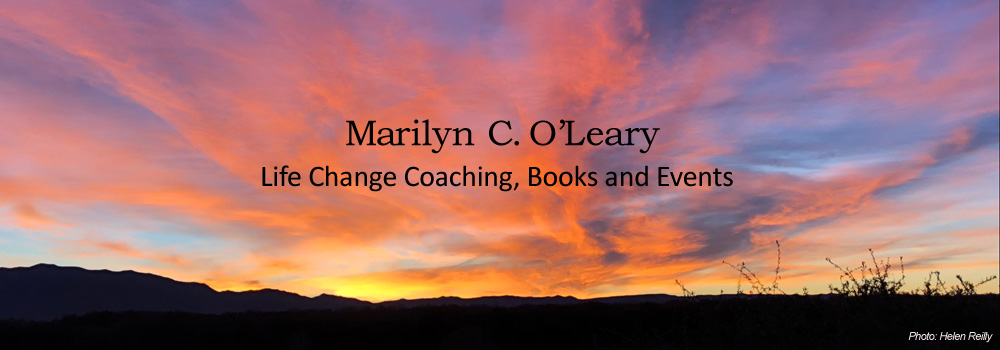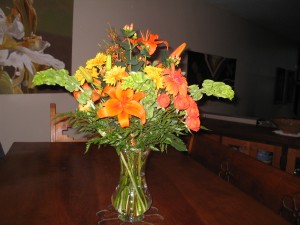I was admiring the muscular body of the spin class instructor last week (she did not have a round belly) and wondering if it was too late to go for it when she mentioned her two-year old child. Ah, I thought, I barely remember when my children were two. It is too late to even approximate looking like that. Forget about it.
I noticed then that even the thinnest of the senior female members of my very fit spin class riders had a little round tummy. I began thinking back to when I was in my twenties. I thought I was overweight (I was not) because I did not have the slim hips and nonexistent tummy of young men, Twiggy, or magazine models. I was always sucking in my stomach. It is even more ridiculous to try to look that way at this stage of life. And besides, a frequently remarked-upon benefit of being in what Jane Fonda calls the third act is self-acceptance. And that’s true. If we ever bought into society’s misogynistic strictures about how women should look, it’s way past time to give it up. (And besides, who’s looking?)
My first foray into feminism and body self-acceptance was taping up on my college dorm wall reproductions of Renoir’s voluptuous women. Then, a few years later, after my two sons were born, I found there was no way I was ever going to have a flat stomach aside from an eating disorder, which fortunately was not my style, so I took belly dance lessons in an effort to appreciate my womanly curves. It wasn’t quite as exotic as it sounded, since the young woman I chose to take lesson from lived in an apartment where she wasn’t too good about picking up her dog poop. The first class was delayed while she cleaned the living room, and I found it difficult to belly dance while I was holding my breath, so that was my last lesson for a while. But I did like the idea of appreciating my belly.
It was fun in class to entertain the fantasy of having an athletic trainer’s body for a minute, and it was reassuring to know it was just a fantasy. Yes I can probably build more muscle, and yes, I can probably lose some weight, but as I said, I’m now going for health – mental health as well as physical health. Mental health to me means not criticizing myself. So I silently complimented myself and my fellow cyclists for our hard work and decided once again I would no longer think about looking like a 30-something. It seems that virtually all of the women I know over 60 have a round belly. It’s part of this stage of life. I accept myself and my body now, and appreciate all that my body has done for me.
But there is a difference between having a little round tummy and having too much belly fat. There are health reasons why we should worry about belly fat at this age. The Mayo Clinic Diet book tells us that a pear-shaped body is better than an apple-shaped. It says that if you carry most of your fat around your waist or upper body, you carry fat in and around your abdominal organs, which increases your risk of developing disease. Your risk is not as high if you have a pear shape. The book has a Body Mass Index chart to determine whether you are normal, overweight or obese and describes how to measure your waist to determine whether you’re carrying too much weight around your middle.
So I’ve decided to lose an inch around my middle. Anyone want to join me? If so, measure your waist now, and let’s measure again in a month to see where we are. And if you want help knowing how, check out the Mayo Clinic Diet. http://www.amazon.com/Mayo-Clinic-Diet-Enjoy-Weight/dp/1561486760/ref=sr_1_1?s=books&ie=UTF8&qid=1343340611&sr=1-1&keywords=mayo+clinic+diet+book



